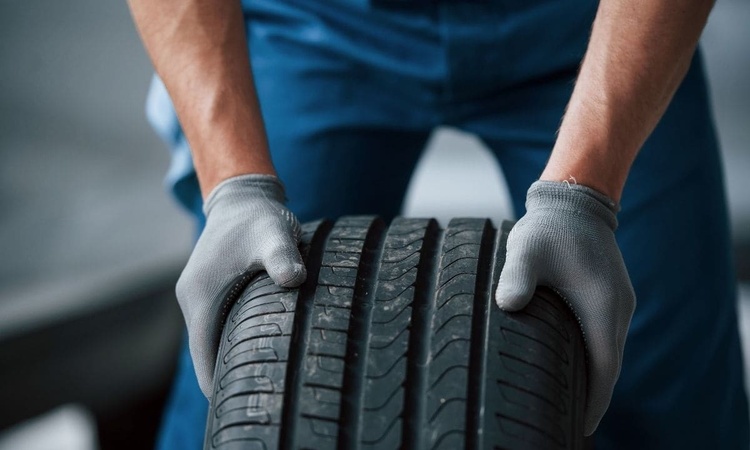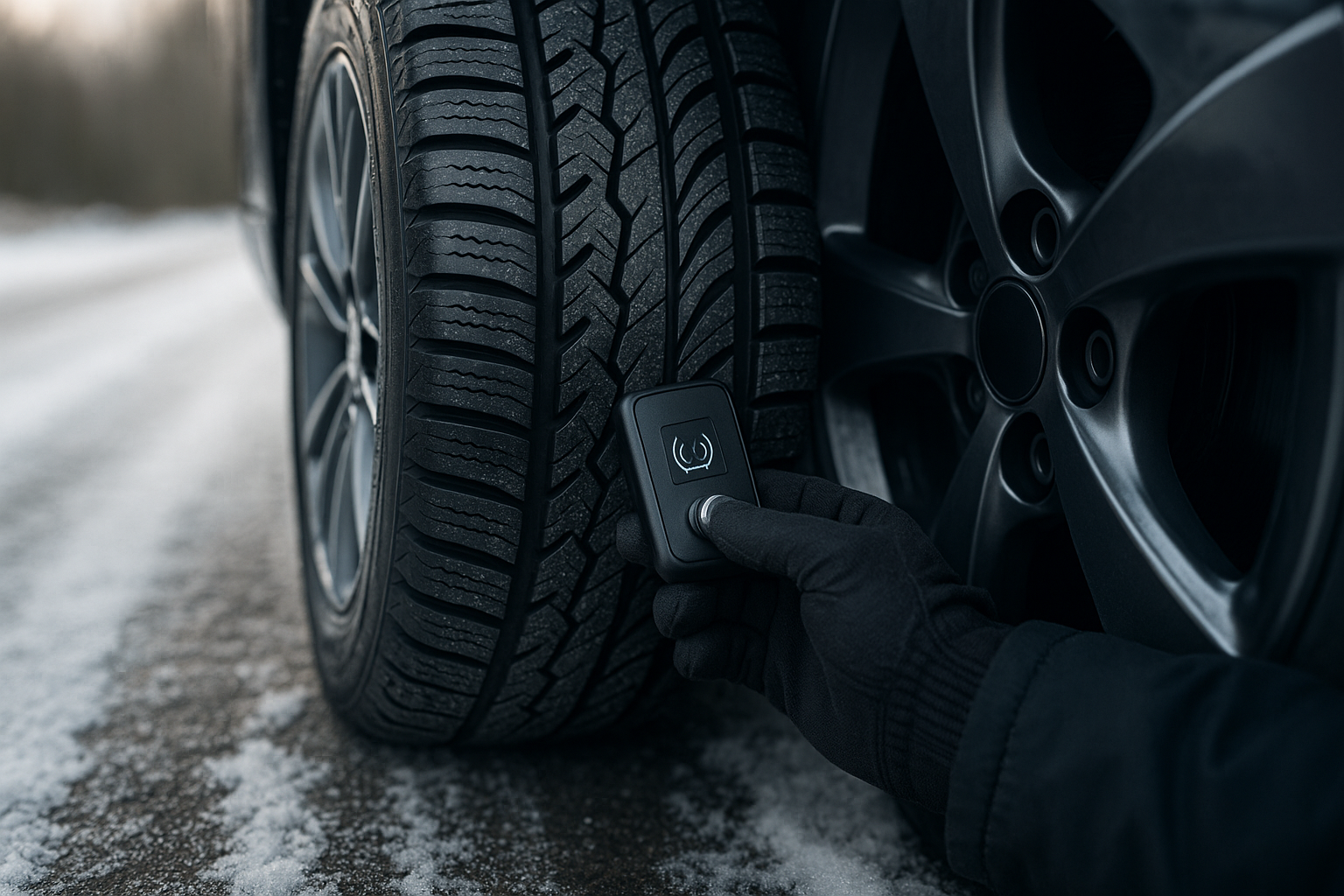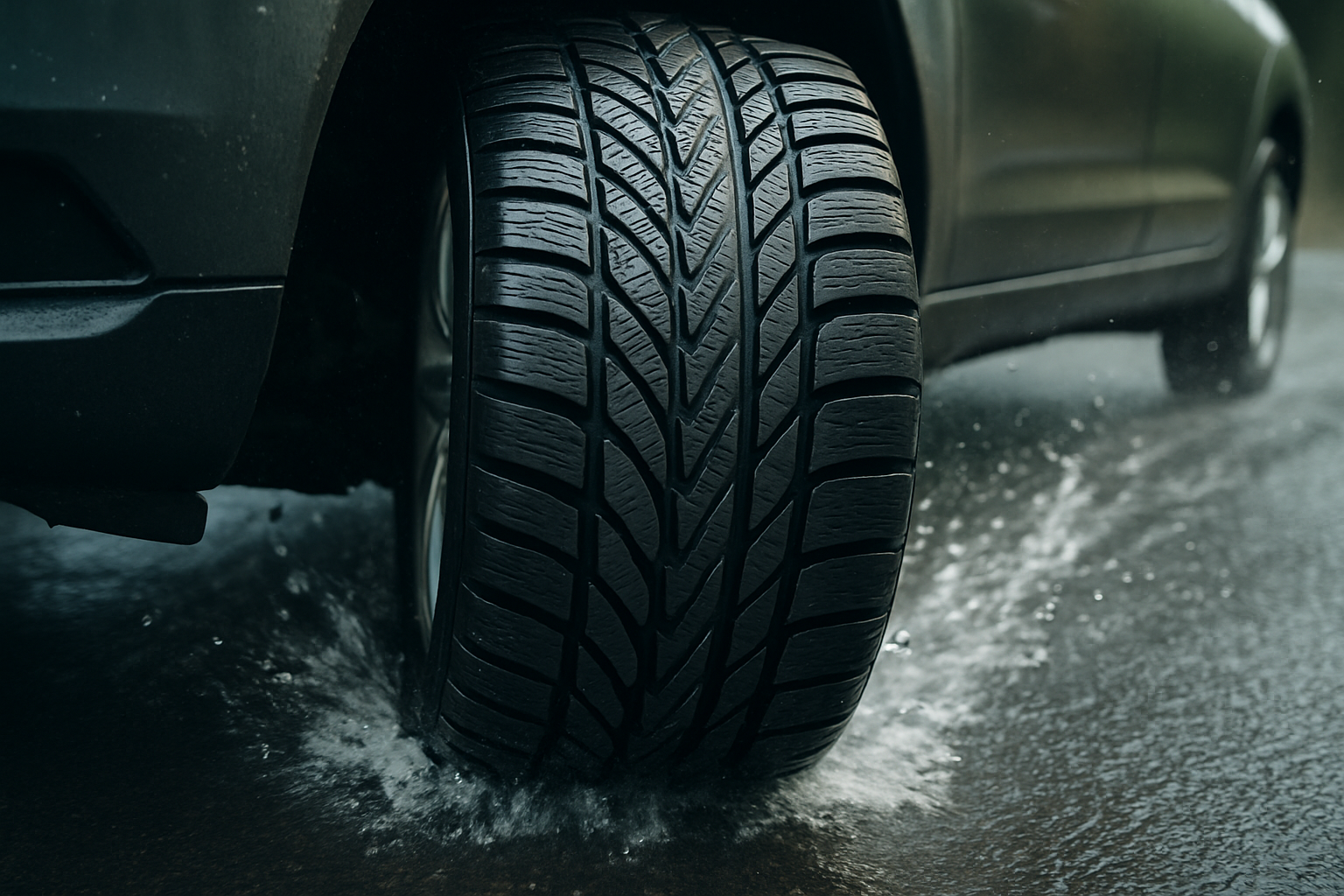Balance and Camber: How to Correctly Adjust the Suspension
Correct wheel balance and camber adjustments affect vehicle safety, tyre wear patterns, fuel efficiency and handling stability. This article explains how alignment, tyre inflation and pressure, rim condition and seasonal tyre choice interact with traction and tread wear, and offers practical maintenance steps to preserve grip and durability.

Properly adjusted suspension geometry — including wheel balance and camber — is essential for predictable handling and longer tyre life. When camber or toe angles are out of specification, the tyre contact patch shifts and traction is reduced, which accelerates uneven tread wear and can impair braking and cornering performance. Regular inspections of tyre condition, rim integrity and wheel balance, together with correct inflation and routine maintenance, help maintain grip, improve fuel efficiency and extend the useful life of tyres and suspension components.
How does traction affect handling?
Traction is the tyre’s ability to transfer acceleration, braking and lateral forces to the road. If camber or toe are incorrect, the effective contact patch becomes smaller or asymmetric and grip falls, especially during cornering or abrupt braking. Reduced traction increases stopping distances and raises the risk of understeer or oversteer on wet or slippery surfaces. Restoring correct geometry keeps handling predictable and helps the vehicle maintain control in varied conditions.
What does tread wear reveal?
Tread wear patterns are a practical diagnostic tool. Inner- or outer-edge wear usually indicates camber issues; centre wear often signals persistent overinflation; feathering or cupping can point to toe misalignment or worn shocks. Regular tyre rotation evens load distribution across positions and delays replacement. Inspect tread depth at multiple points on each tyre and compare left-right patterns to catch alignment or suspension faults early and preserve braking efficiency and aquaplaning resistance.
Why rim condition and wheel balance matter
Rims form the mounting surface for tyres and affect sealing and wheel runout. Bent or corroded rims can cause slow leaks, uneven tyre seating and vibration. Wheel balancing corrects mass imbalances so the assembly rotates smoothly; unbalanced wheels cause vibrations at particular speeds that stress bearings and steering components. Dynamic balancing after tyre fitting or repair reduces vibrations, improves ride comfort and slows wear on mechanical parts, supporting better overall performance of the running gear.
When should you check alignment?
Alignment covers camber, toe and sometimes caster angles that set wheel orientation. Check alignment after impacts with curbs or potholes, when replacing suspension parts, or if the vehicle pulls to one side or the steering wheel is off-center. For most drivers an annual alignment check is a sensible baseline; vehicles driven on poor roads or carrying heavy loads benefit from more frequent inspections. Accurate alignment restores even tyre contact, reduces irregular wear and helps maintain consistent fuel efficiency.
How do inflation and pressure influence fuel efficiency?
Correct inflation and tyre pressure are simple but powerful controls. Underinflated tyres increase rolling resistance, reduce fuel efficiency and accelerate shoulder wear; overinflated tyres reduce the effective contact area, concentrate wear in the centre and can degrade grip. Check cold tyre pressure at least monthly and before long trips, follow the vehicle placard or tyre manufacturer recommendations, and adjust for load and ambient temperature. Stable pressure supports even wear, predictable handling and optimal fuel economy.
How do seasonal tyres and maintenance affect durability?
Selecting the appropriate seasonal tyres — winter, summer or all-season — directly influences grip, wear and overall performance. Winter tyres use softer compounds and deeper patterns for cold conditions; summer tyres provide better high-temperature stability and wear resistance; all-season tyres are a compromise for moderate climates. Combine seasonal swaps with rotation, balance checks and alignment inspections. Regular maintenance of shocks, bushes and steering links prevents progressive issues that cause irregular wear and supports long-term durability of tyres and suspension components.
Conclusion Balance and camber are core elements of running-gear setup that influence safety, tyre life and vehicle efficiency. By monitoring traction and tread patterns, keeping rims and wheels balanced, scheduling alignment checks, and maintaining correct inflation and pressure, drivers preserve tyre life and improve fuel efficiency. Choosing tyres suitable for seasonal conditions and following a routine maintenance plan further enhance durability and ensure consistent handling and performance in varied driving environments.






